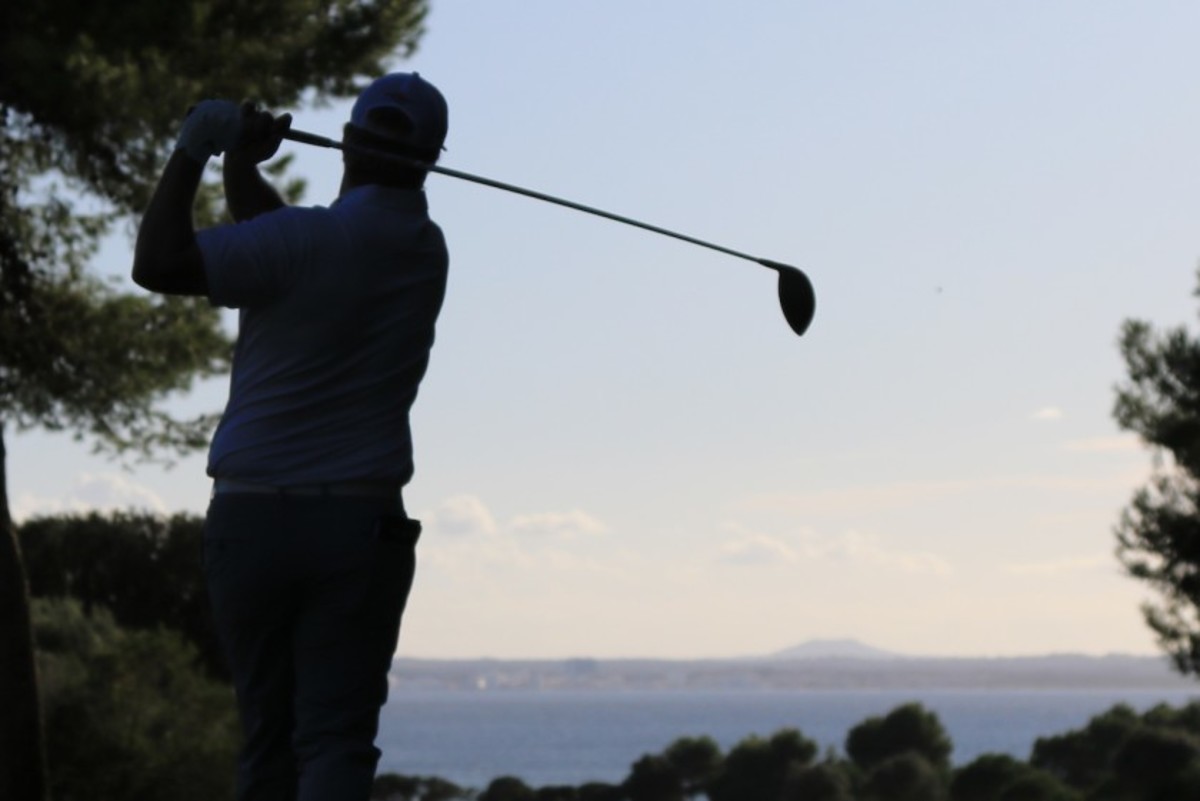Former touring pro offers timely playing lesson

Pace of play is the not-so-new hot button recently, so let’s look at the ways to fix it on the PGA Tour as far as points and money. These thoughts apply to recreational golf, as well.
There are a multitude of ideas on how to improve the pace of play these days, probably even more proposed fixes than there are on how to stop the golf ball from going unseemly distances. Actually, they are a bit intertwined.
First, a list of things that would help speed up play, in an order that I think could be beneficial. For tournament play:
1. Range finders are fine, with or without slope.
2. No greens books.
3. Take the lines off of the ball. Mark it once per putt. That can be a start. Go through your routine. How many times? Instructors could help here.

Time the players and have the 10-15 slowest notified that they need to pick it up a bit. If a player winds up on the top-10 list more than once, he would start losing FedEx Cup points. If he is on the list the next year, he would lose 25 percent of each check to the charity of someone else’s choice. This really should be far enough.
Now for the defensive side. The golf courses generally are 400-600 yards longer than in the past, but many haven’t changed location. Instead of walking 30 yards or so to the next tee, a player might walk 80 yards backward to a tee and then, after hitting the tee shot, back to where he came from originally. That is an unintended consequence of new tees, which largely have been constructed because of the ball.
Speaking of the ball, it could be tweaked to take the added distance that players attain with 110-mph swing speeds from the spring/compression effect. The 105-mph-or-less player would not lose a yard, and the 110-mph person still would hit it past you, just not as far, as would the 115-mph player, etc.
Back to pace. If a player hits his tee shot 15 yards past his playing competitor’s drive on every hole, he theoretically is penalized because he can’t get to his ball without being an obstruction for the shorter hitter, if they are reasonably on the same line. The last thing most golfers want is to have someone moving around right in front of him when it’s their turn to play. There are lots of instances of players “walking” another player on the PGA Tour. Some pretty heated arguments ensued.
Almost everyone who plays competitive golf has a few shots each day that are more challenging than the norm, and players should have time to think these through without being penalized. Not every shot, but a few. Penalizing someone who is keeping up, or waiting on the group ahead, and generally is in position on the course does not make sense. Some courses take longer to play than others, and weather is a contributing factor in the time it takes to play, so one size does not fit all – just like hats for us big-headed fellows. So be ready to play when it’s your turn. Don’t make a speech to the group when it’s your turn to hit; the tee is not a lectern. There is plenty of time to chat in a round of golf.
As an aside, tapping down spike marks has been a good thing for many players. It helps with their attitude and confidence and has helped pace of play, as well. No more conferences to get players to agree whether the damage on the green came from a pitch mark or some other inequitable force. Just tap it down and go on.
For you folks who putt at the flagstick, take your time getting the ball out of the hole. A fellow I know has a hand the size of a ham. You don't want to putt behind him.
And a final thought: put anchoring back in play. I competed in a senior event not long ago that was made up of significantly good players and was amazed at what I saw. Three out of four players – including me – held on to the putter in ways that were not on any video I have ever seen. It was ugly. No one putted well, on good greens, and most were complaining profusely every hole or two.
I know that the anchored stroke has been banned, and it’s likely not coming back, but maybe a miracle will happen. There are too many people that are quitting golf because they can’t putt any more, and I think that’s sad.
